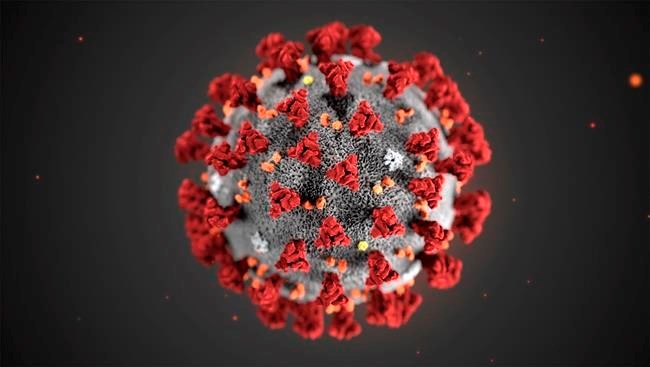A commentary by an assistant professor at the University of Victoria who teaches the history of disease and medicine. His book Epidemics and the Modern World was recently published by the University of Toronto Press.Â
The messy tide of words and images about the coronavirus outbreak — swelling death tolls, quarantines, face masks — puts us in the middle of an unfolding drama.
While some swift measures are needed, it’s also useful to take our bearings from a broader perspective.
Diseases have always been with us. Epidemics or pandemics, as we experience them today, have not.
A turning point came in the fall of 1889, when an influenza soon called the “Russian flu” began several sweeps around the world.
Influenza moved farther and faster than before because steamships and railroads enabled swift travel. Its movements could be tracked more or less in real time because lines of telegraph cable were knitting the world together.
Thus was born the modern pandemic, an episode in which microbes and ideas simultaneously grip much of the world.
Since then, words like “outbreak,” “pandemic” and “epidemic” have told a story: A disease emerges, strikes a swath of humanity with frightening or even lethal impact, and then (eventually) recedes into a period of sober reckoning.
This basic narrative varies with time and the particulars of each disease. Some stories explain suffering and help communities respond constructively to crisis. Often, they reflect the characteristic beliefs and stereotypes of an era — and, above all, fears of outsiders or invaders who are deemed to threaten a way of life.
Such narratives linger, in ways subtle and overt, well after sickness and death have ended.
Only a few years after the Russian flu emerged, in 1892 bubonic plague broke out in Hong Kong and began a global tour that lasted more than a decade. Not all regions were equally affected. Millions of people eventually died in China and India — how many we will never know — but elsewhere plague mostly affected small areas around port cities.
The science of germs was in its infancy, and investigators raced to unravel the mystery of transmission among microbes, fleas and rats. Some ports, however, found Chinese immigrants a clearer target.
In March 1900, San Francisco blockaded its entire Chinatown quarter after a case of plague was identified. Honolulu’s Chinatown had already burned to the ground when a fire set for disinfection purposes got out of control.
Although no plague was found in Canada’s West, the pandemic’s influence was felt in other ways. The image of the “unhygienic Oriental” stoked suspicion among lower-class whites in cities and labour camps.
In 1907, after San Francisco reported more cases of plague, crowds vandalized Vancouver’s Chinese and Japanese quarters, threatening the inhabitants.
Thereafter in Victoria, the legislature soon ordered “all sick Chinese, Japanese, Sikhs or other Orientals” to report to health authorities.
Concerns about the health of Asians recurred during the influenza pandemic of 1918-19, and Chinese immigration to Canada was banned altogether in 1923. Plague’s lasting legacy was suspicion of Asian immigrants and an increased reluctance among white Canadians to accept them as good neighbours and sanitary citizens.
In 2020, our prowess with technology has increased — we have traded the telegraph for the internet, and railways for airways — but we still must reckon with disease as a fellow traveller. Old stereotypes about unhygienic Asians now mingle with blame levelled at a secretive, authoritarian Chinese regime that downplayed a growing threat.
Evidence from scientific research and fact-based journalism is hard to disentangle from resentments nursed by economic competition, political tension and cultural distance.
Social media, governed by algorithm, amplifies the loudest messages and conveys stereotypes in shorthand.
Our immediate response to this novel threat, although important, should not distract us from a broader lesson.
No matter where the outbreak began, we must acknowledge it as an instance of a shared human dilemma.
We encourage new diseases when we manipulate animals and ecosystems to suit our purposes with industrial farms, antibiotics and deforestation. We spread diseases (and fears) far and wide because we connect faster and more frequently than ever.
We must be ready for pandemics not because some of us are backward, but because all of us are modern.



